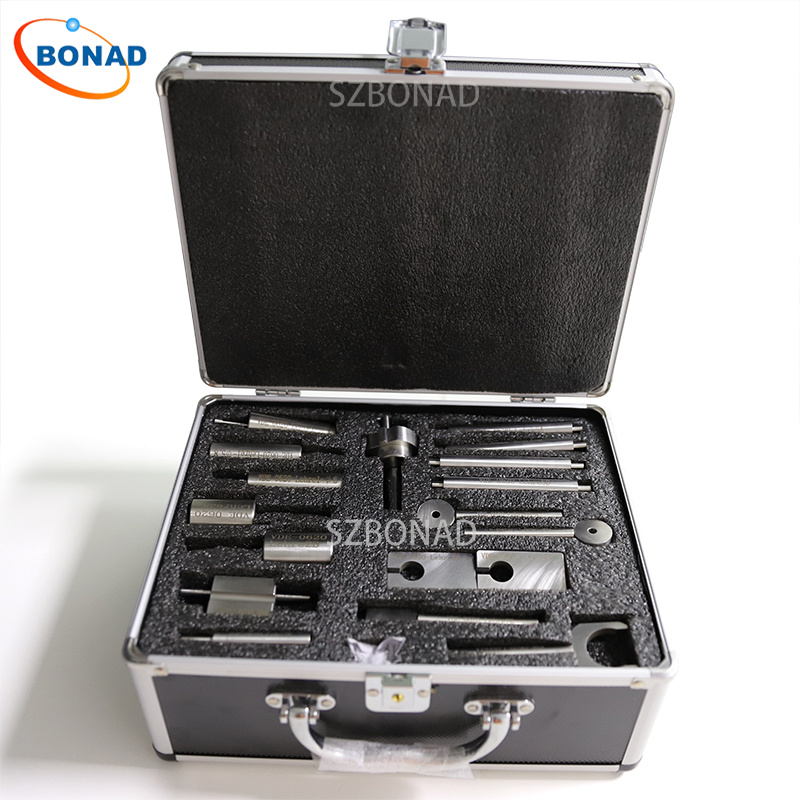When it comes to testing the durability and reliability of products under varying temperature conditions, two primary methods are employed: temperature shock and temperature cycle. Both techniques aim to evaluate how well a product can withstand extreme temperatures, but they do so in fundamentally different ways. This article delves into the key differences between these two methods, providing a comprehensive understanding of each.
Understanding Temperature Shock and Temperature Cycle
Temperature Shock involves subjecting a product to sudden and extreme changes in temperature. This method is designed to test the product’s endurance over a very short period by rapidly alternating between high and low temperatures. In contrast, Temperature Cycle applies temperature changes more gradually and in repeated cycles, mimicking real-life conditions more closely and offering a more reliable assessment of the product’s durability.
Key Differences Between Temperature Shock and Temperature Cycle
1. Speed of Change
In temperature shock chambers, the transition from high to low temperatures happens almost instantaneously, often at a rate of at least 30℃ per minute. This rapid change puts immediate stress on the product. On the other hand, temperature cycle chambers introduce temperature changes slowly, usually less than 10℃ per minute, allowing the product time to adjust between cycles.
2. Intensity & Stress
Both methods apply stress through high temperatures, but the nature of this stress differs significantly. Thermal shock testing introduces abrupt stress by drastically changing temperatures, which can quickly reveal weaknesses in a product. Conversely, temperature cycling increases intensity gradually through repeated heating and cooling cycles, allowing for a more controlled assessment of durability.
3. Effect & Causes
The external environment controls the temperature shock method by providing sudden high and low temperatures. In contrast, the temperature cycle method simulates natural environmental conditions more consistently. While both methods cause degradation over time, thermal shock results in immediate failure for weaker products. Temperature cycling’s cumulative effect provides a clearer indication of when a product will start to deteriorate.
4. Repetitive Nature
The gradual nature of temperature cycling involves repetitive heating cycles that ensure controlled intensity over time. In stark contrast, temperature shock forces immediate temperature changes without repetition. Although more expensive due to its repetitive nature, temperature cycling offers greater reliability by accurately identifying a product’s strengths and weaknesses.
5. Soak Time
Soak time—the duration an object remains under specific temperatures during testing—varies between the two methods. In thermal shock testing, soak time is minimal due to rapid temperature changes. However, in temperature cycling, soak time is extended as heat is applied repeatedly in cycles, enhancing clarity in the testing process.
6. Cost & Affordability
The cyclical nature of temperature cycling requires more energy, heat, and time to complete multiple cycles, making it a costlier process overall. In contrast, thermal shock testing is more cost-effective as it involves fewer steps and less energy consumption due to its rapid execution.
Conclusion
Both temperature shock and temperature cycle methods are essential for evaluating product durability under extreme conditions. While thermal shock offers quick insights by subjecting products to abrupt stress, temperature cycling provides a detailed assessment through gradual and repetitive heating cycles. Understanding these differences helps manufacturers choose the most appropriate method for their specific testing needs.


